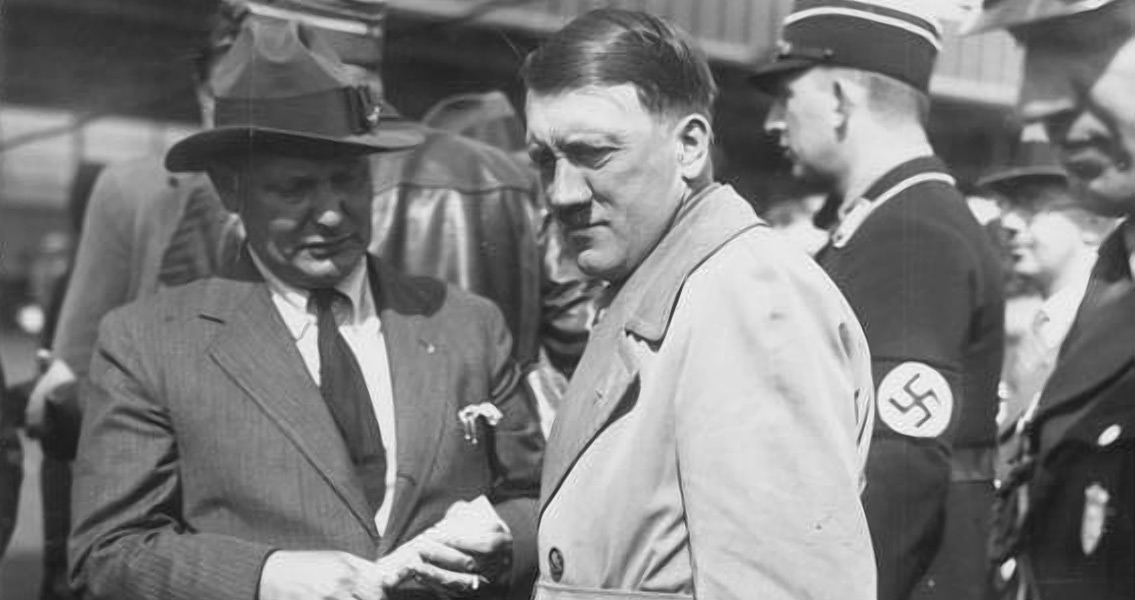<![CDATA[He was responsible for WWII and creating the system which led to the death of 6 million Jews. But as the Soviet Army surrounded Berlin, signaling the end of the Third Reich's horrific reign, did Hitler really commit suicide in his underground bunker, or did he escape to South America to live out his life unpunished? It's one of last century's greatest mysteries, and now experts have determined there is as much evidence suggesting Hitler didn't die in Berlin as there is he did. A California University of Pennsylvania senior professor, John Cencich recently completed an investigation into Hitler's death on behalf of the History Channel. His conclusion that Hitler did in fact escape Berlin comes after a factual and objective analysis of historical evidence using existing forensic technology combined with the evidence from 1945. The impetus behind the new investigation comes from the declassification of over 700 pages of documents by the FBI which hint at the possibility Hitler may have survived and escaped to South America. Files from the Office of Strategic Services (the CIA's predecessor) and other intelligence organisations which have been declassified worldwide were also reviewed. The documents included a recently discovered memo written by the late J. Edgar Hoover - FBI director at the time - which states that American Army officials hadn't located Hitler's body and couldn't find any reliable source to definitively say that Hitler was dead. The Russians were the ones to capture Berlin and eventually find the burned bodies who they believed to be Hitler and his wife, Eva Braun. However, even Josef Stalin, the Soviet leader, didn't believe Hitler was dead and according to Cencich, from the evidence it appears the Russians botched their investigation of the suicide team. Add to that the existence of underground tunnels and a subway system which was determined to lead from Hitler’s bunker to the nearby Tempelfhof Airport and you don’t have to jump very far to reach the conclusion that Hitler could have taken the tunnels to a waiting plane and then a U-boat to South America. It’s a known fact that other Nazi’s did exactly that. Cencich was chosen to head this investigation based on his experience and reputation as a senior war crimes investigator for the United Nations. He led a criminal investigation in the former Yugoslavia, one of history’s largest, that involved murders, assassinations, torture, extermination and crimes against humanity. It’s not likely that this new investigation into the possibility of Hitler’s flight to South America will change the history books or the accepted views of history pertaining to Hitler’s final days. However, according to Cencich, there should at least be a footnote regarding this possibility, because he himself initially saw the likelihood of Hitler’s escape to South America as far fetched, but he doesn’t anymore. Image courtesy of Wikimedia Commons user: German Federal Archives ]]>
New Investigation Questions Hitler's Suicide
